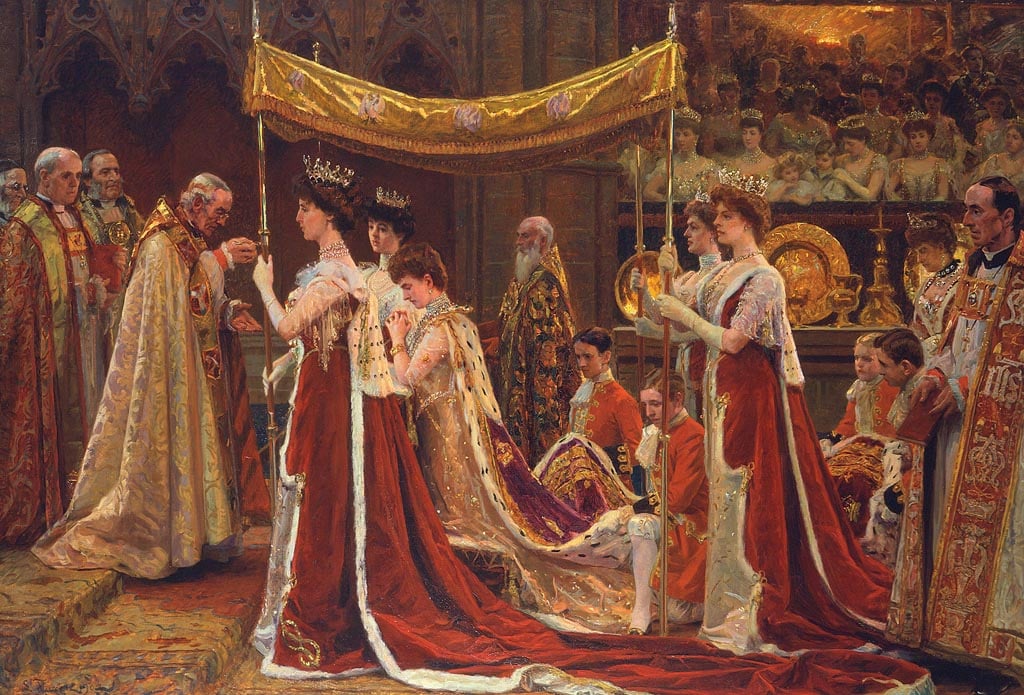Introduction
Anointment, a timeless and sacred tradition, has played a significant role in various cultures and religions throughout history. This ceremonial practice involves the application of oils, perfumes, or other sacred substances onto a person’s body, often accompanied by prayers or rituals. The act of anointment holds deep symbolic and spiritual significance, serving as a bridge between the physical and the divine. In this article, we will explore the rich history and diverse meanings behind the practice of anointment.

Historical Roots
The roots of anointment can be traced back to ancient civilizations such as Egypt, India, and Mesopotamia. In these cultures, anointment was considered a means of consecration and purification. Priests, monarchs, and even common individuals underwent anointment rituals to prepare them for specific roles, ceremonies, or important life events.
In Ancient Egypt, anointment with precious oils like myrrh and frankincense was an integral part of mummification rituals, signifying the transition from the mortal world to the afterlife. The famous Egyptian queen Cleopatra was known for her use of anointments and perfumes, symbolizing her divine and powerful presence.
Religious Significance
Anointment holds a central place in various religious traditions around the world. In Christianity, the sacrament of Anointing of the Sick is performed to offer spiritual and physical healing to those who are seriously ill or facing the end of life. In this ritual, a priest anoints the person with holy oil, conveying the grace and comfort of the divine.
Similarly, in Hinduism, the act of anointment, known as “Abhishekam,” is performed in temples to consecrate idols and deities. Devotees also anoint themselves with holy water or oil as a means of spiritual purification and devotion.

In Judaism, anointment was a vital part of the consecration of priests and kings. The holy anointing oil, described in the Bible, was used to sanctify the Tabernacle and its contents. The tradition continues today in various Jewish rituals and ceremonies.
Symbolism and Healing
Anointment is not only a religious ritual but also a symbol of healing, blessing, and empowerment. The use of aromatic oils and fragrances during anointment is believed to have therapeutic properties, promoting physical and emotional well-being. The soothing touch of anointment can bring comfort to the sick and distressed, offering a sense of renewal and hope.
Anointment also serves as a reminder of one’s divine purpose and connection to the spiritual world. It is a way to consecrate and dedicate oneself to a higher calling, whether that calling is religious, personal, or cultural.
Modern Applications
While anointment continues to be an essential practice in many religious and cultural contexts, it has also found its way into modern wellness and self-care routines. Aromatherapy, for example, uses essential oils for their therapeutic effects, often incorporating anointing as part of a holistic approach to healing and relaxation.

Conclusion
Anointment is a timeless tradition that bridges the gap between the physical and the spiritual. With its deep historical roots and diverse cultural significance, it continues to play a vital role in religious ceremonies, healing rituals, and personal moments of reflection. Whether performed in a grand temple or a quiet corner of one’s home, anointment remains a powerful symbol of consecration, purification, and connection to the divine.
